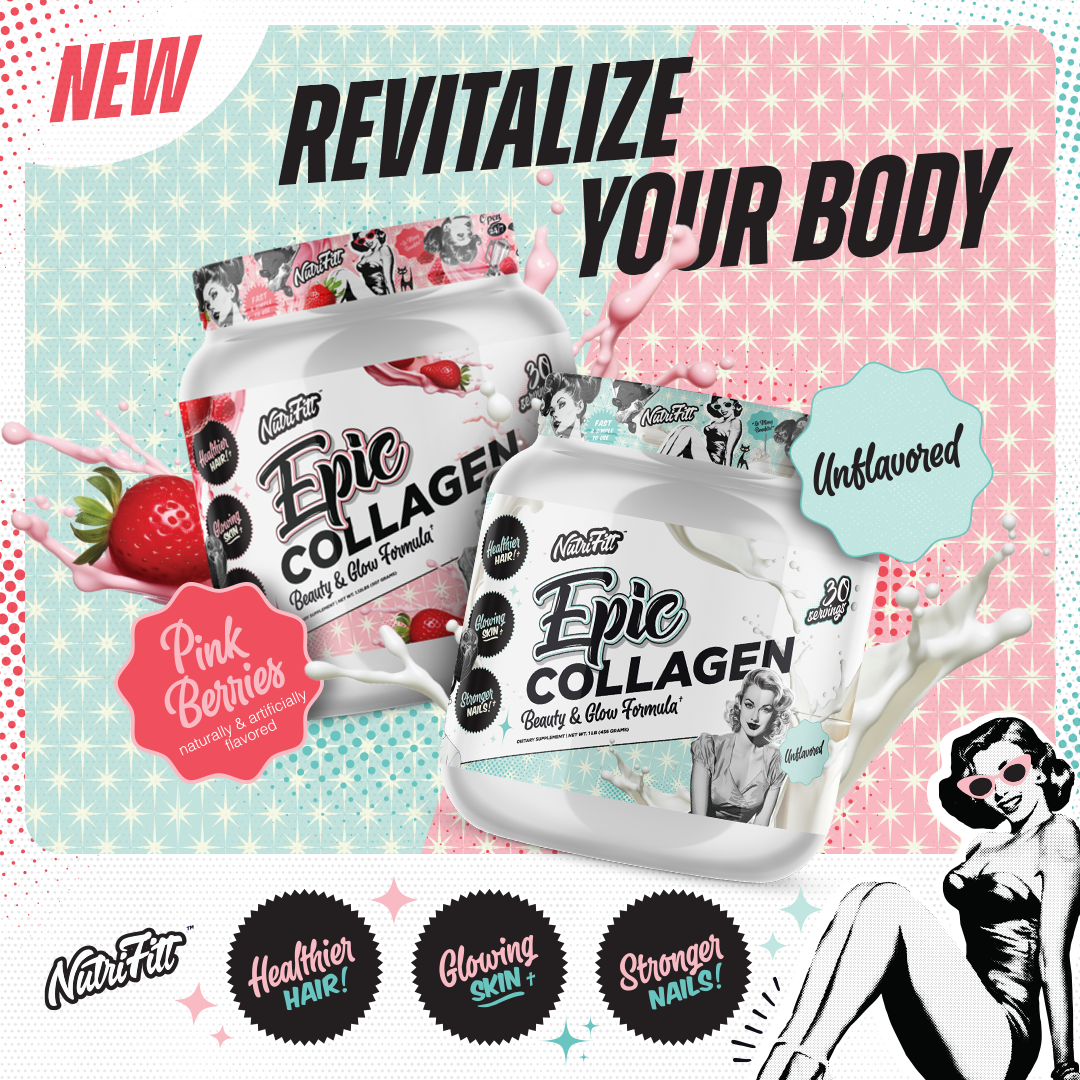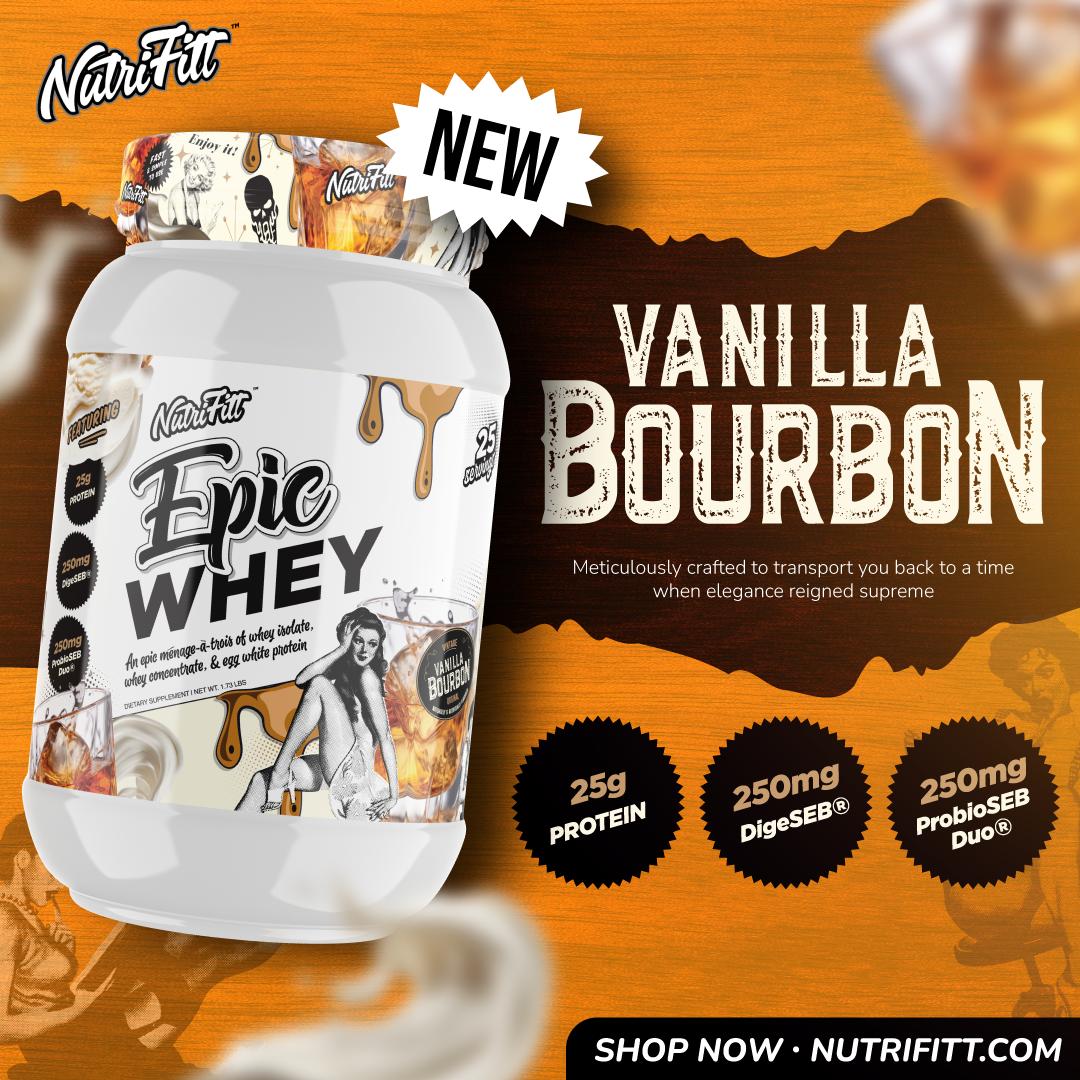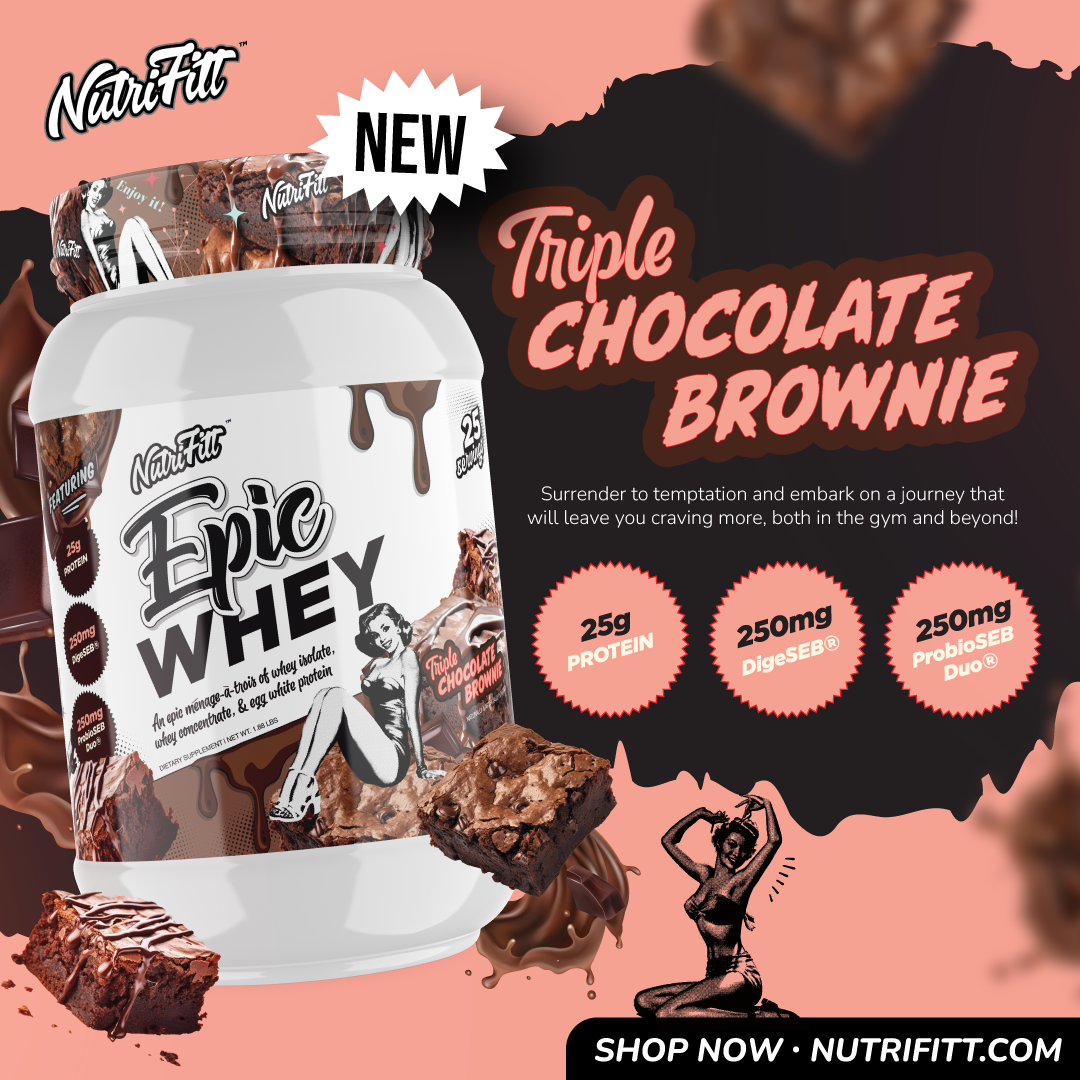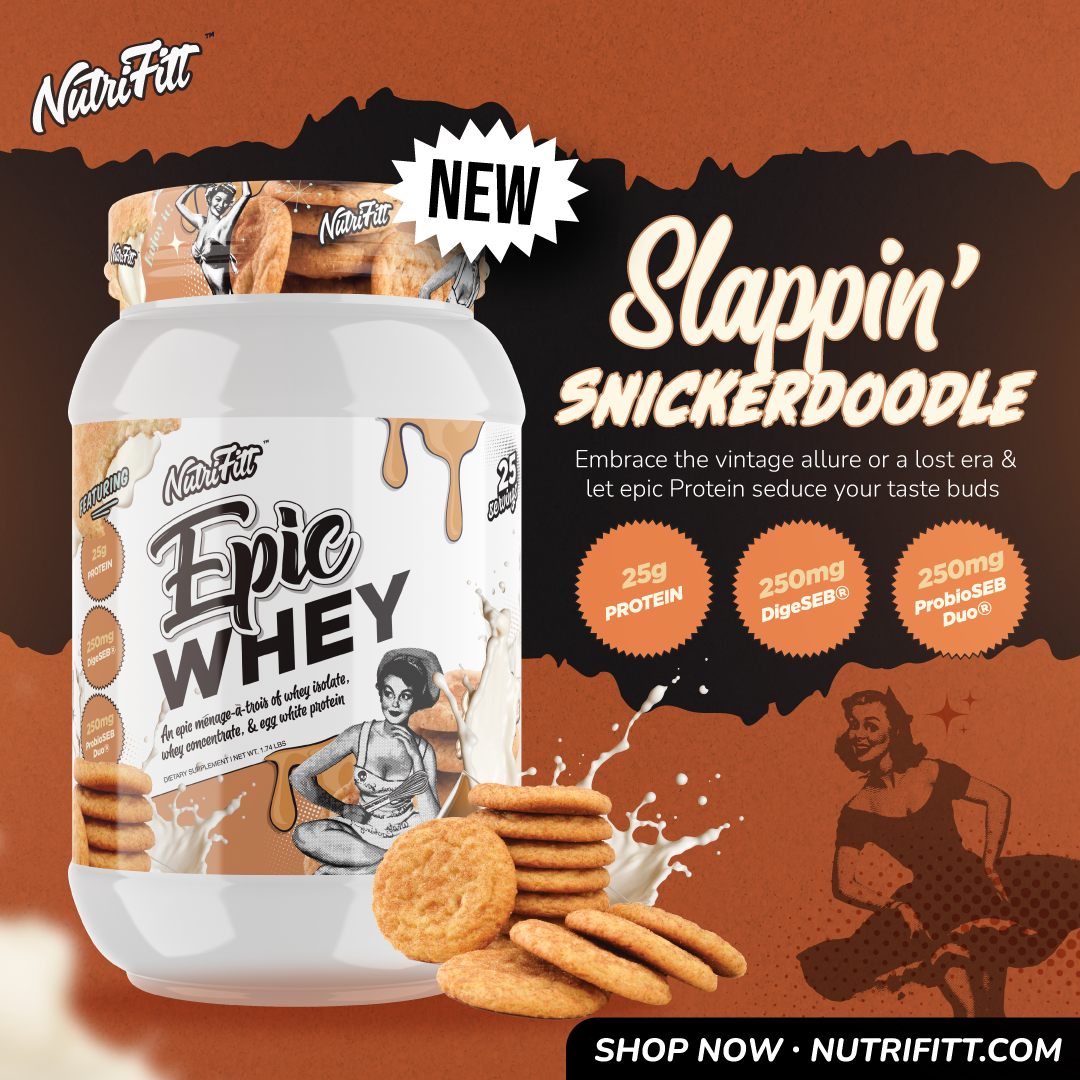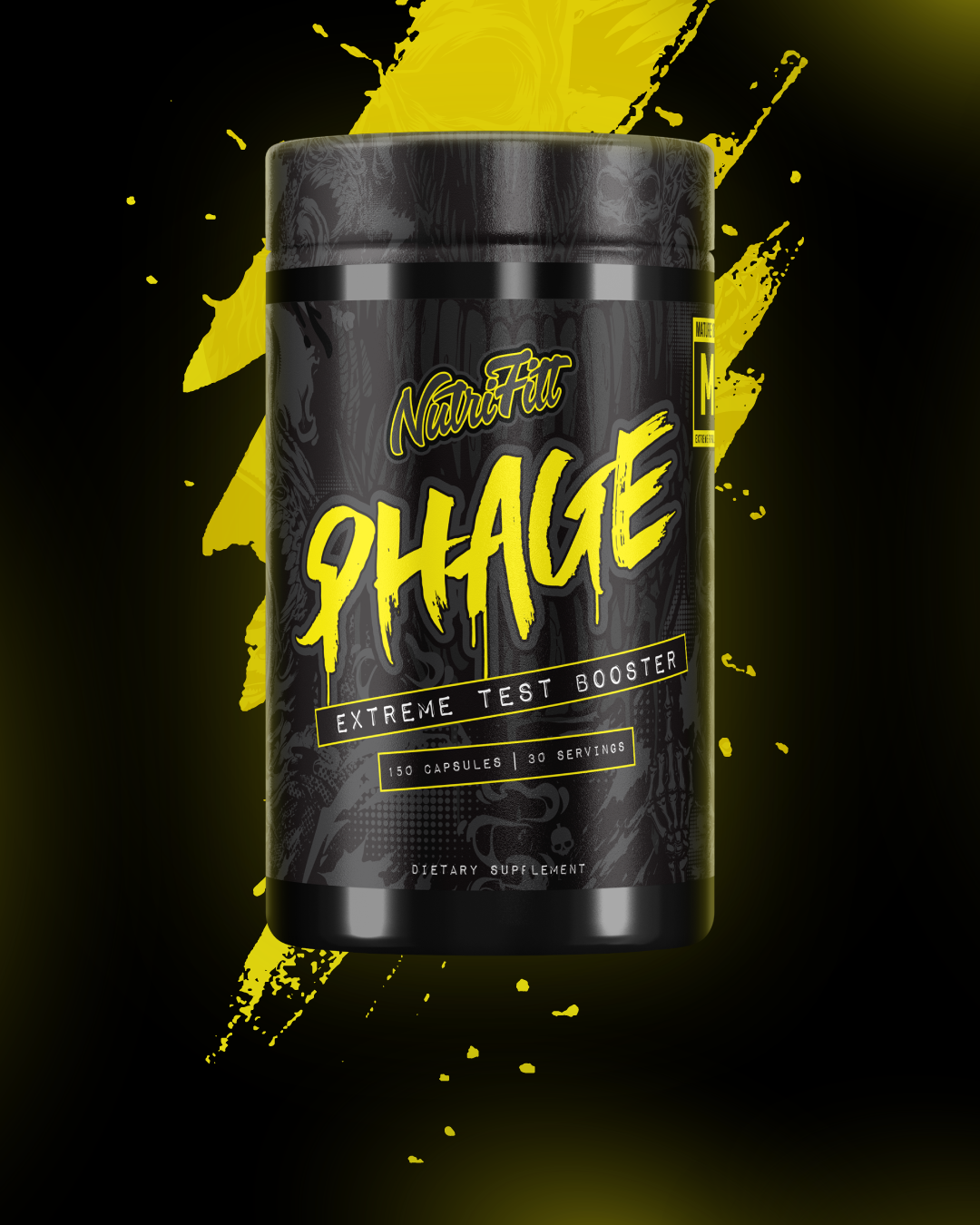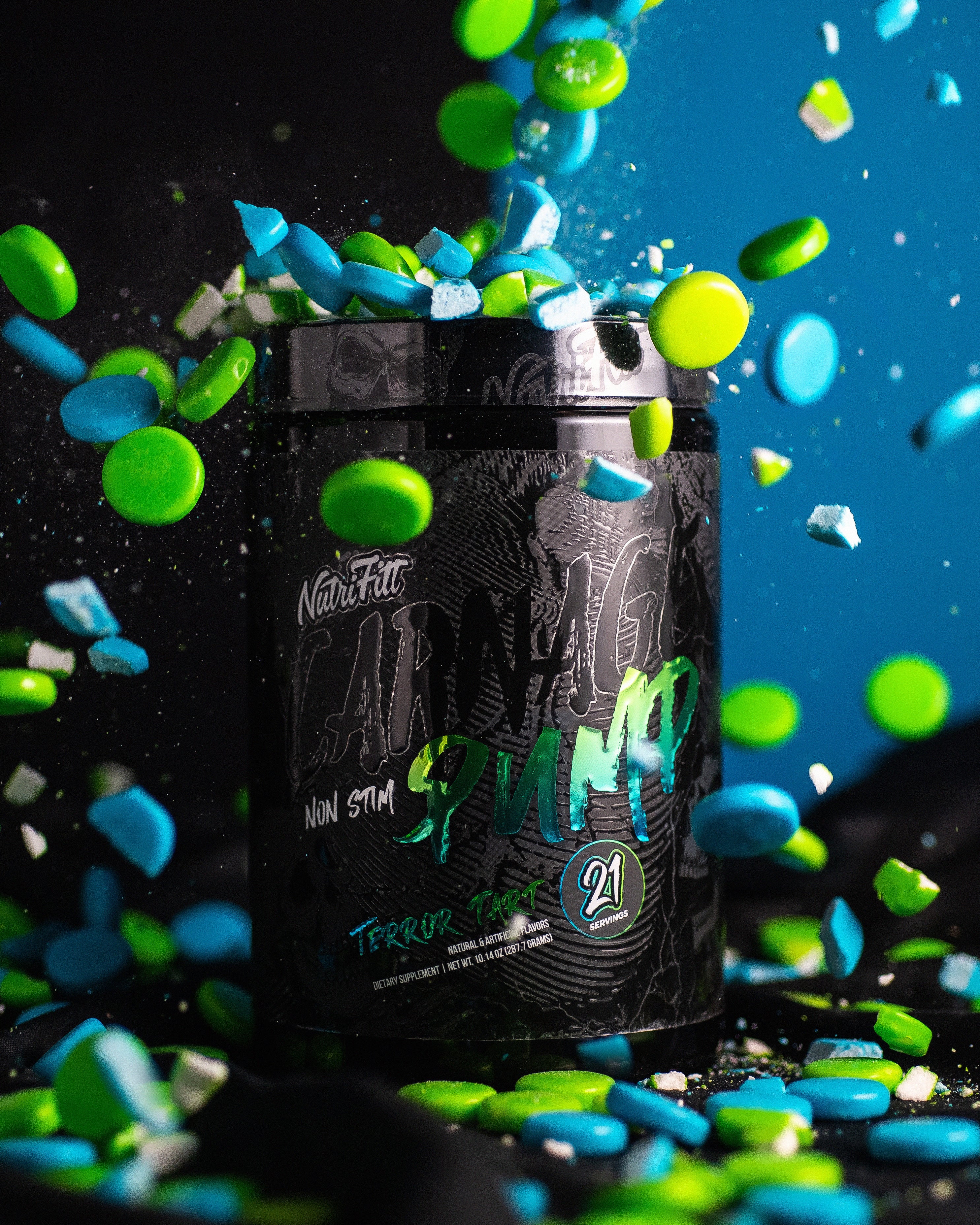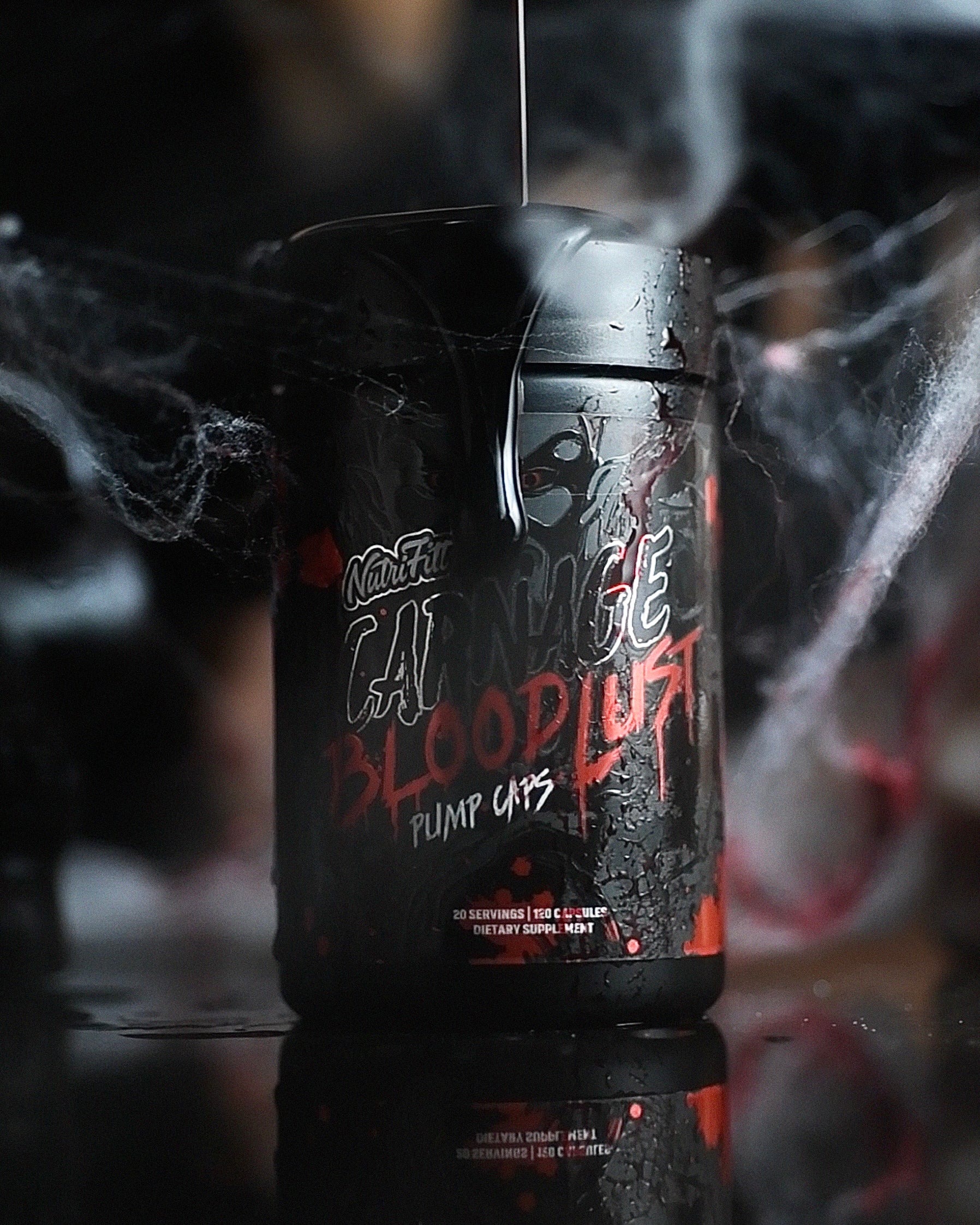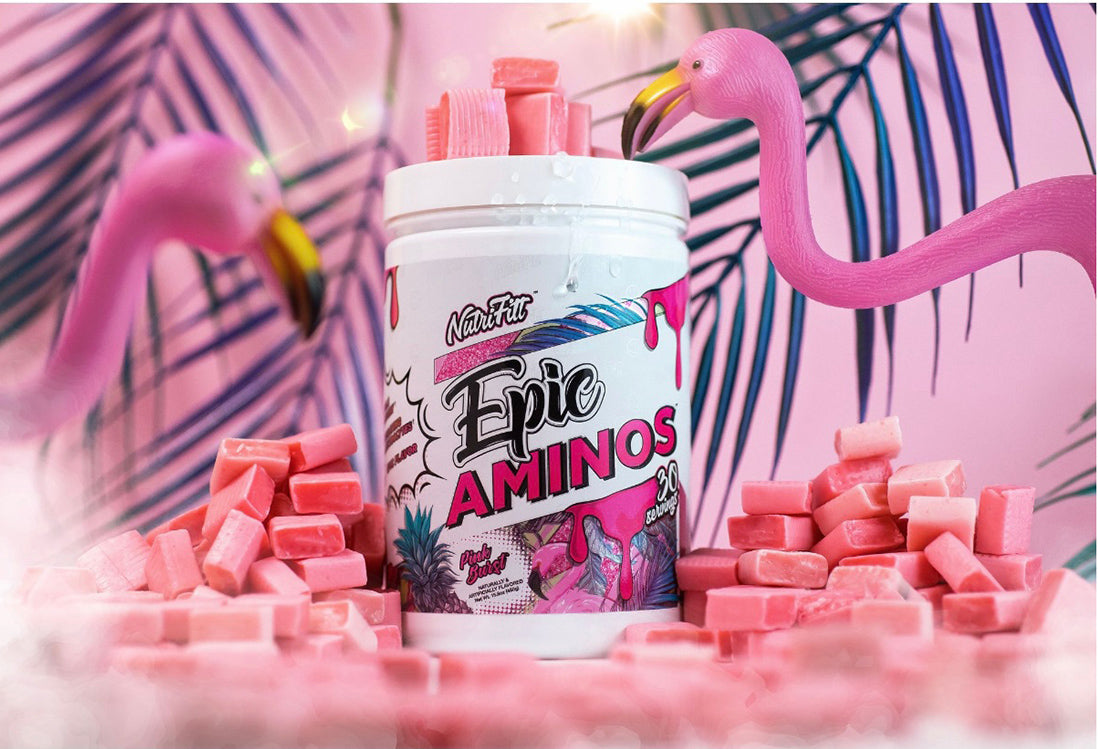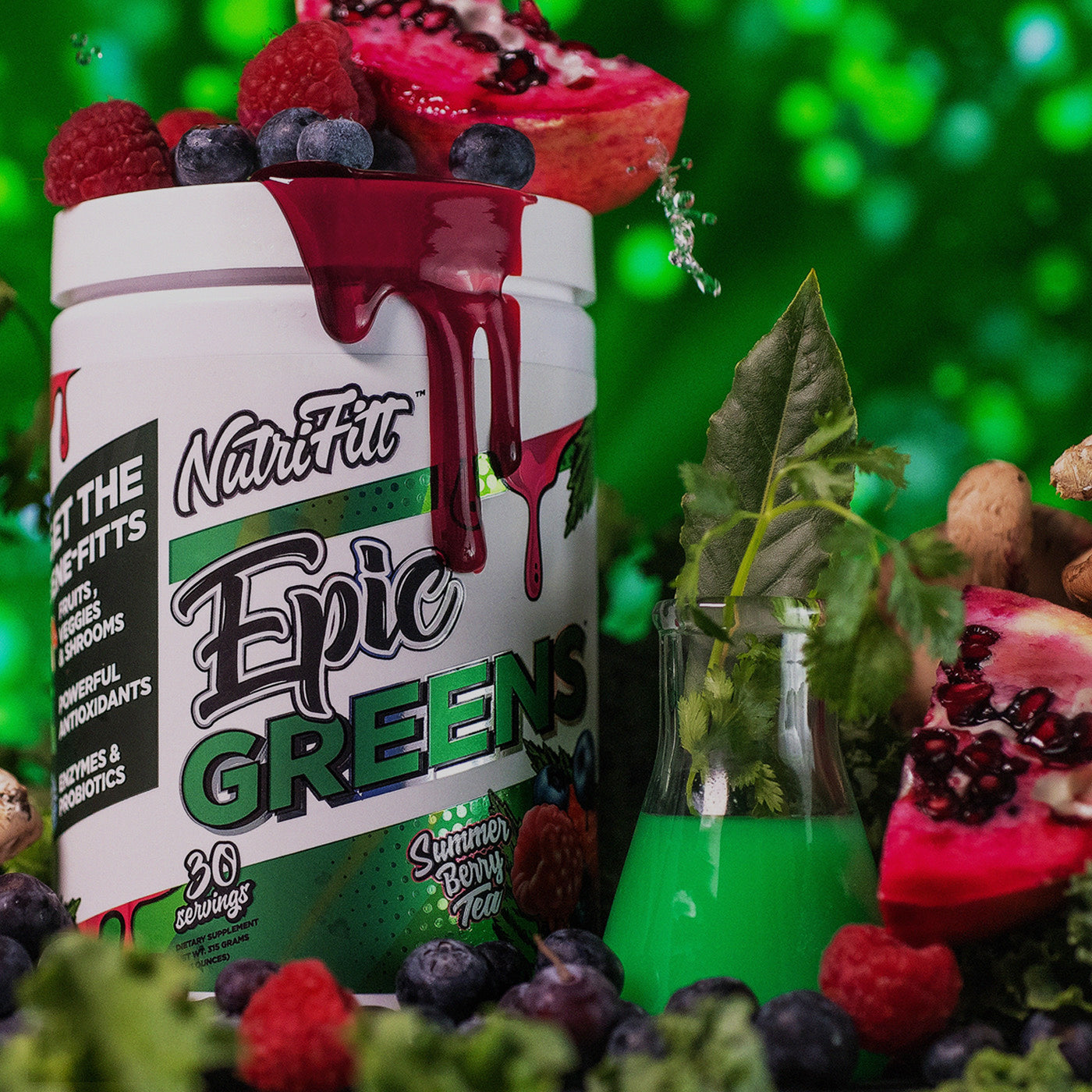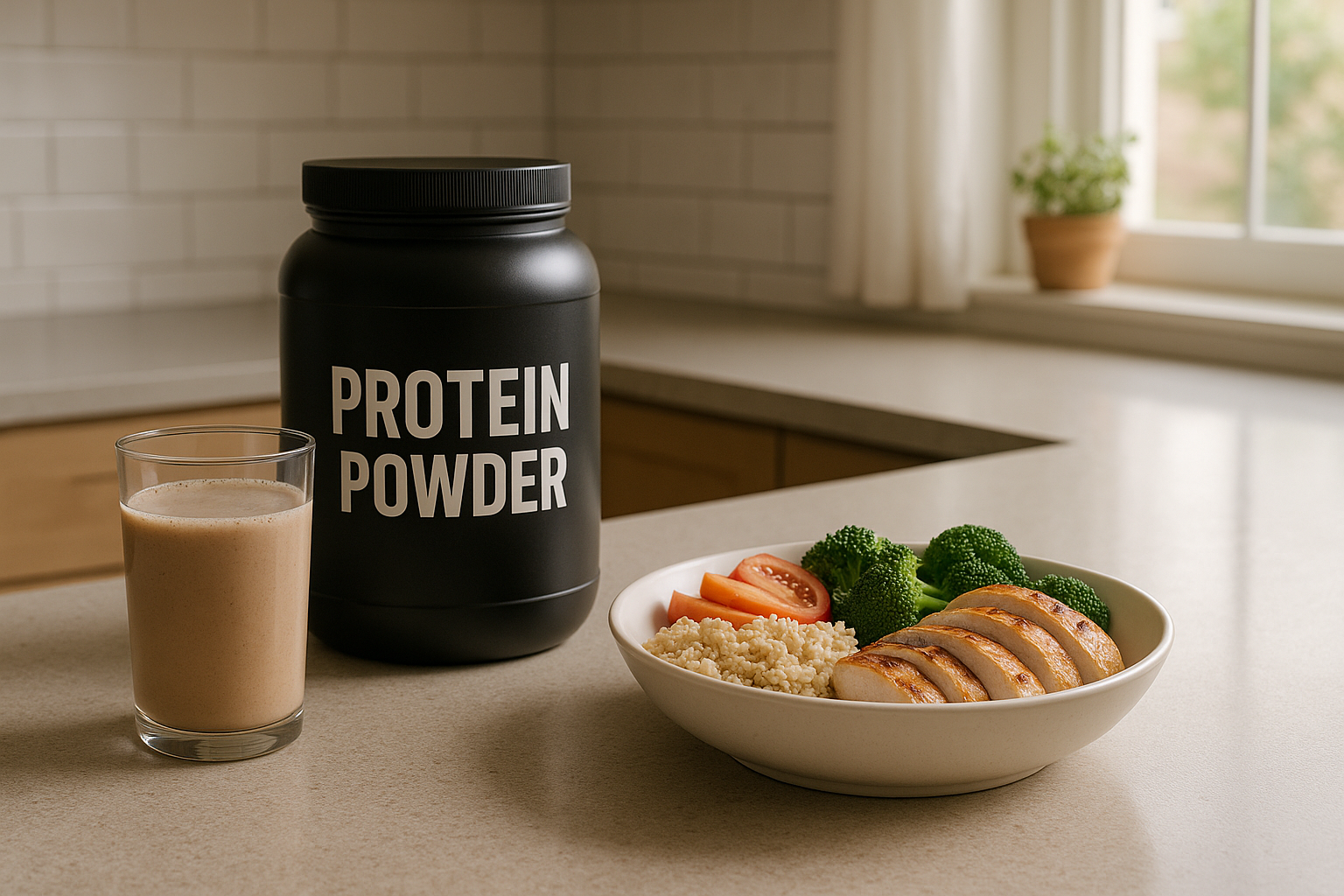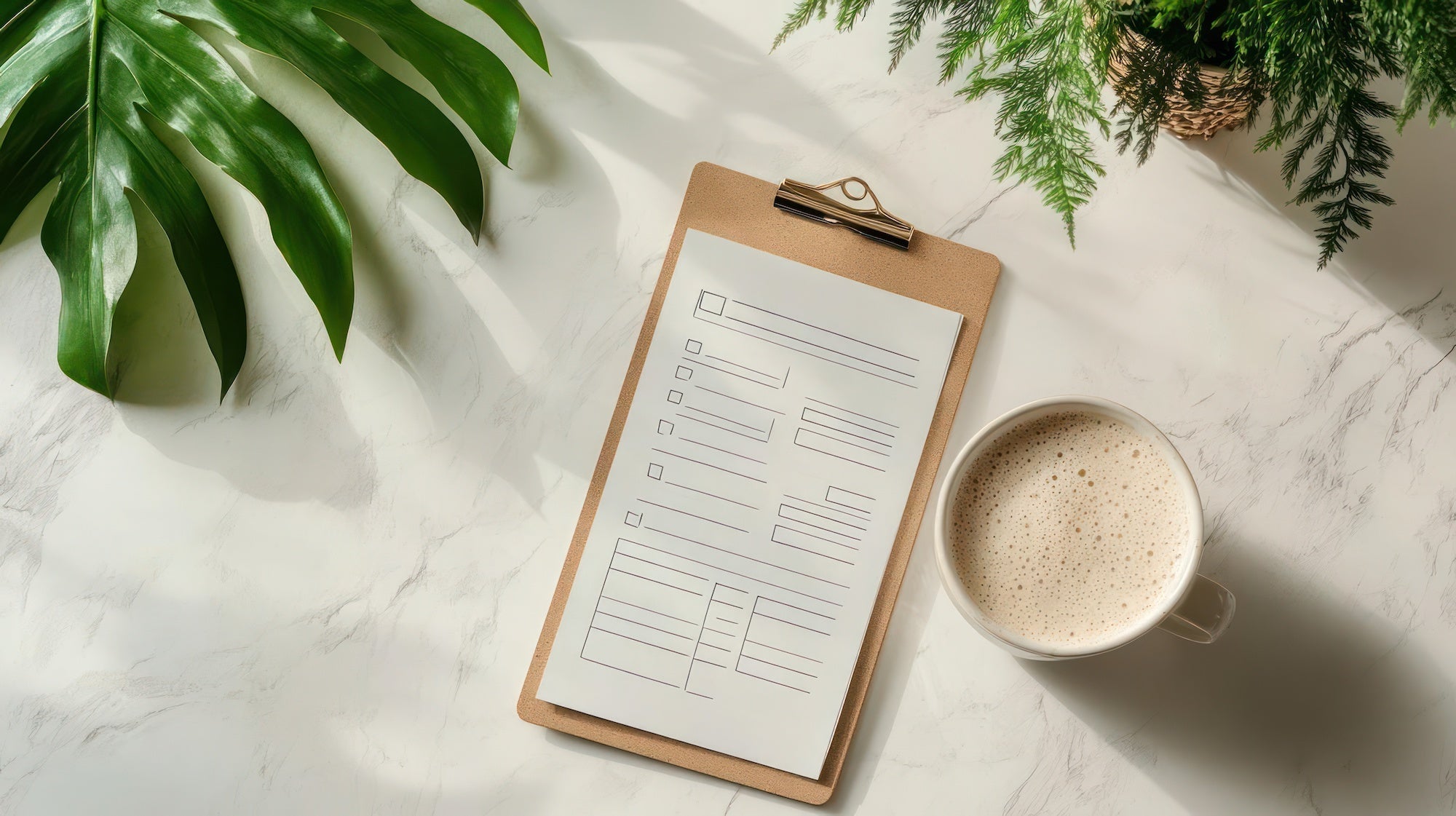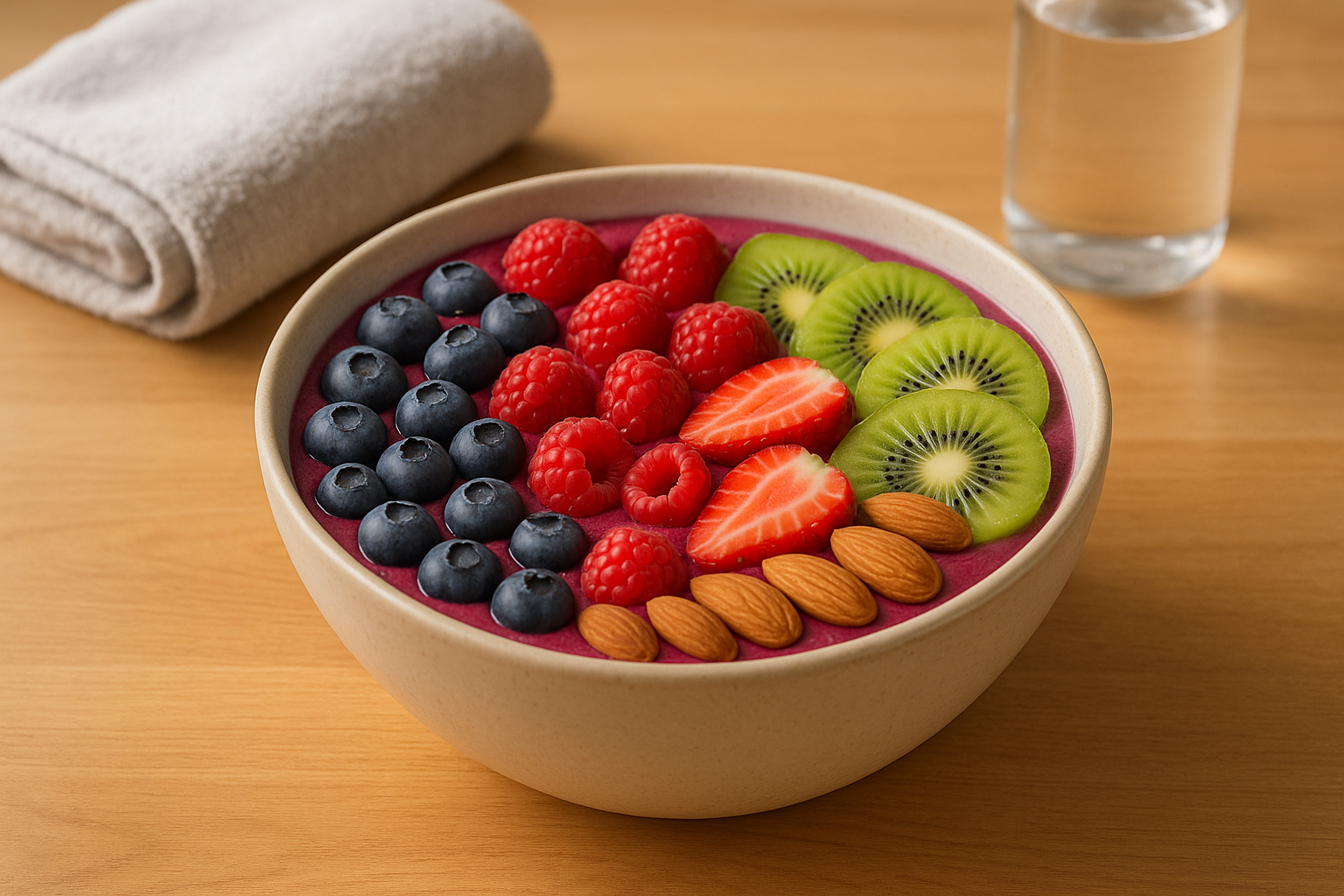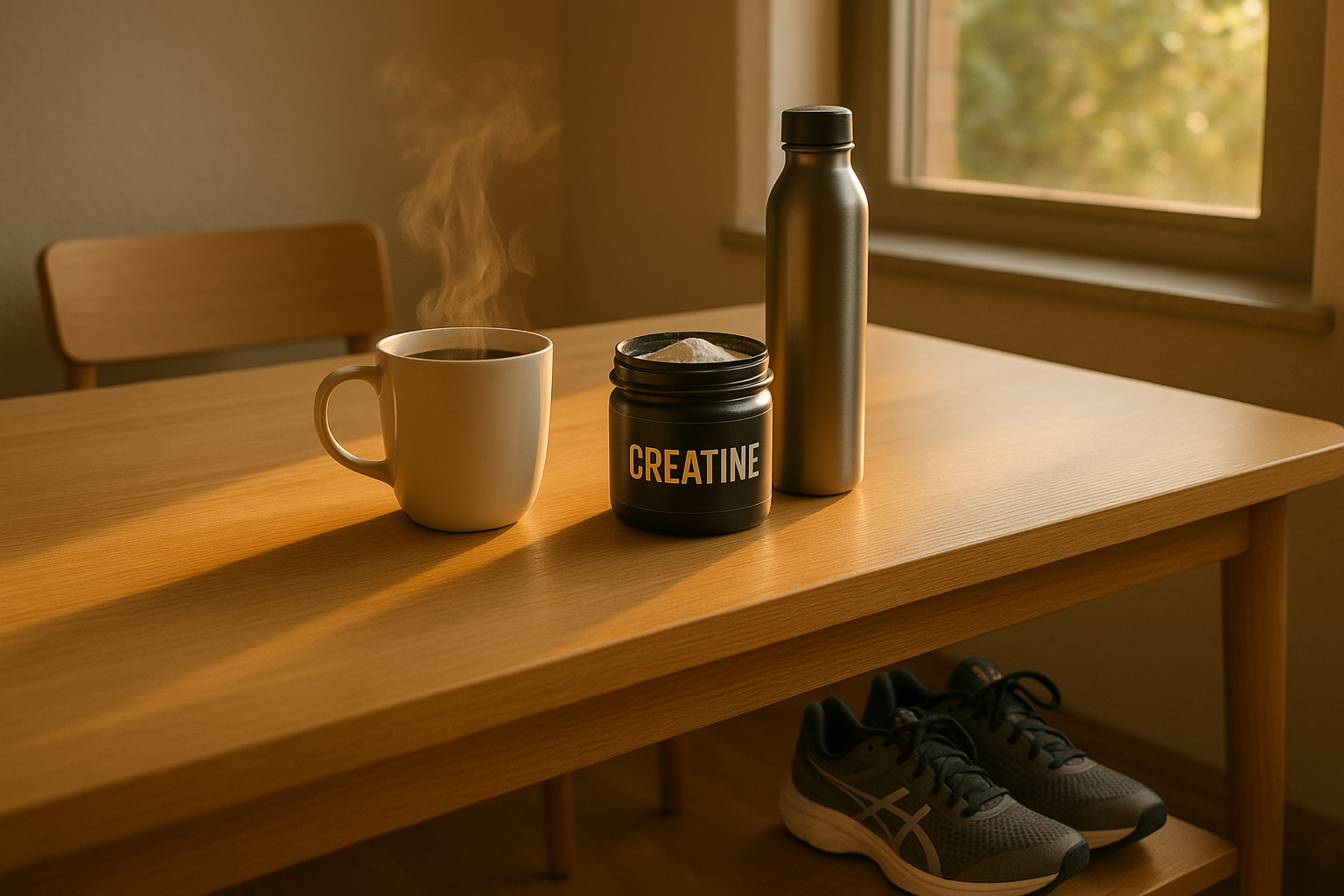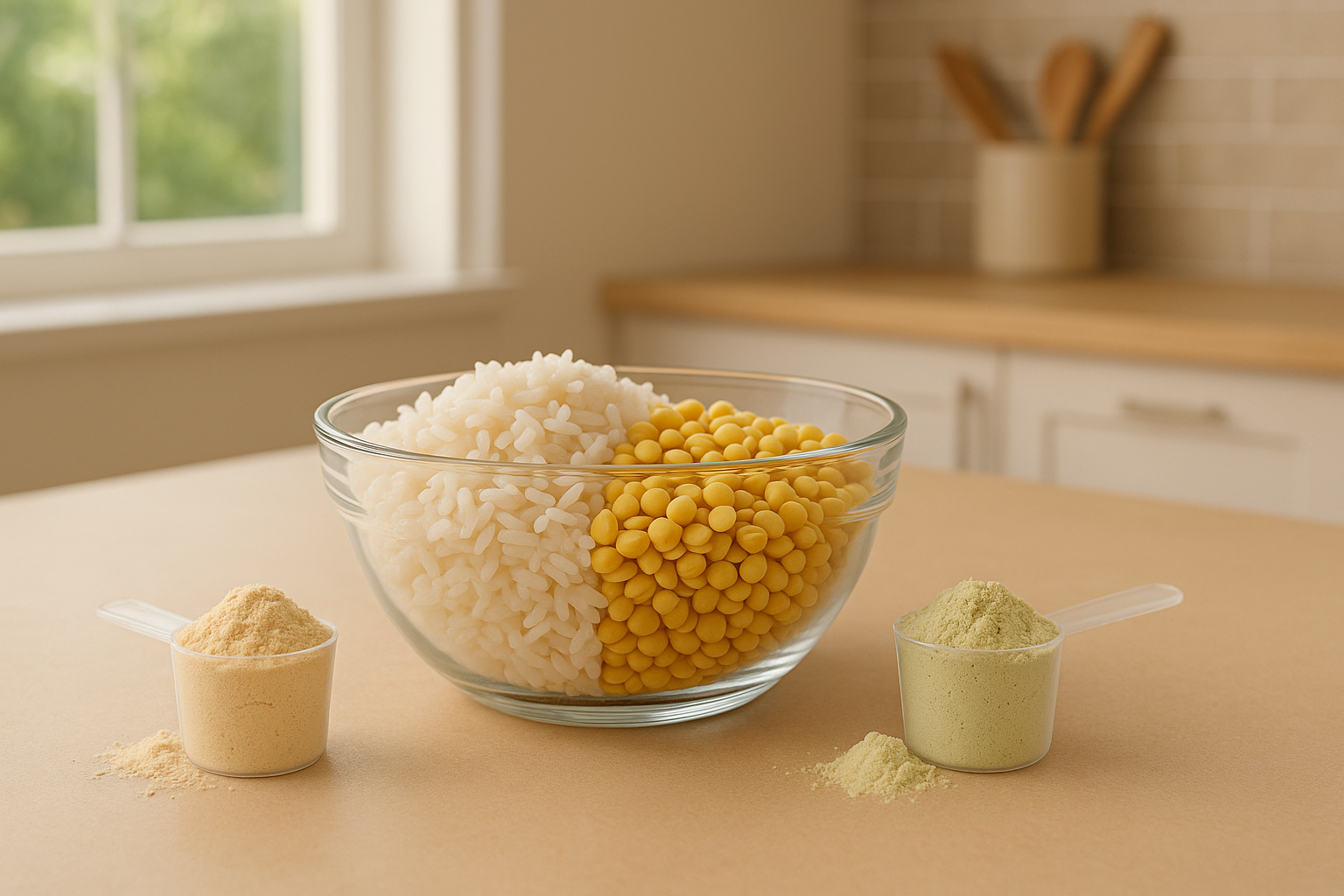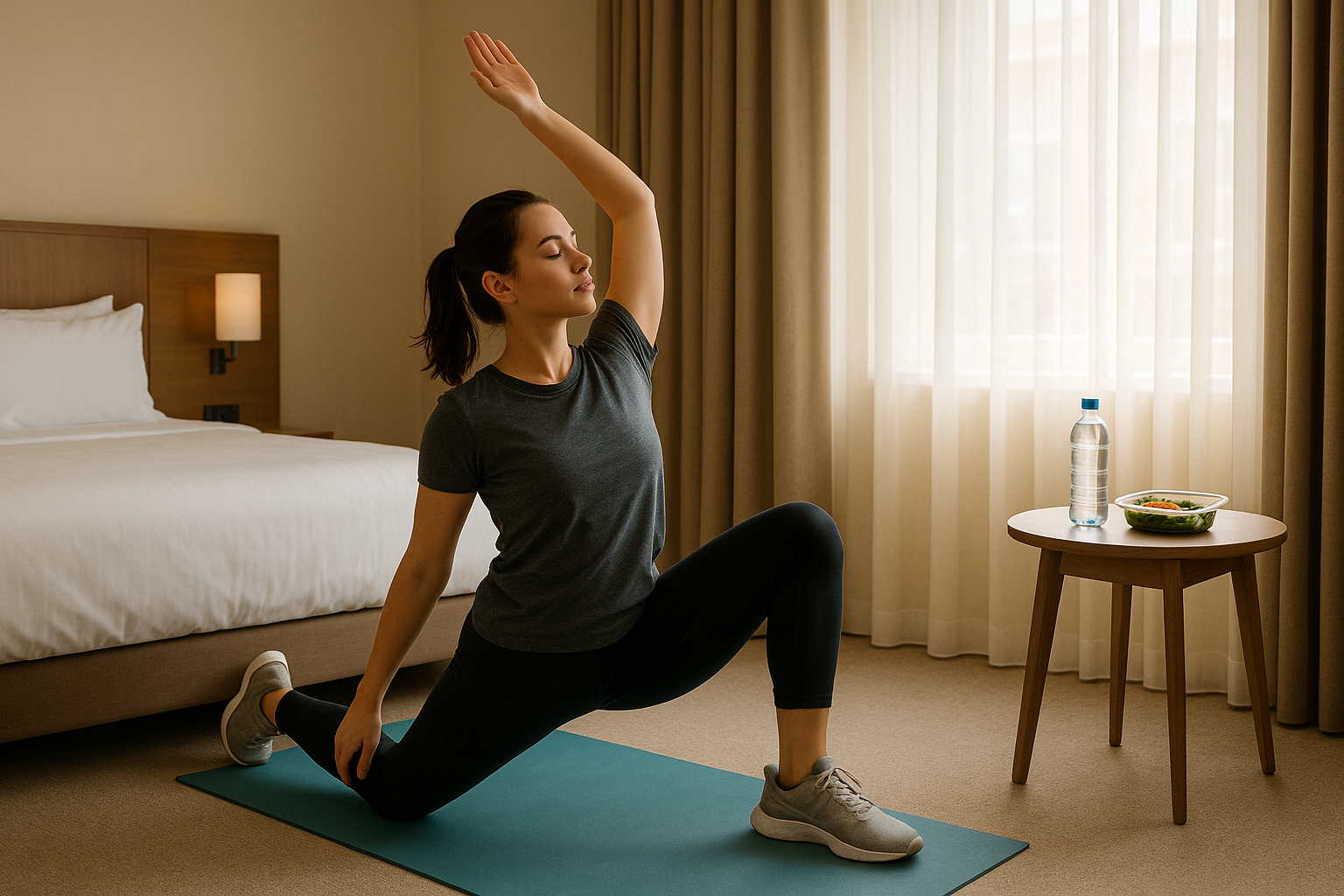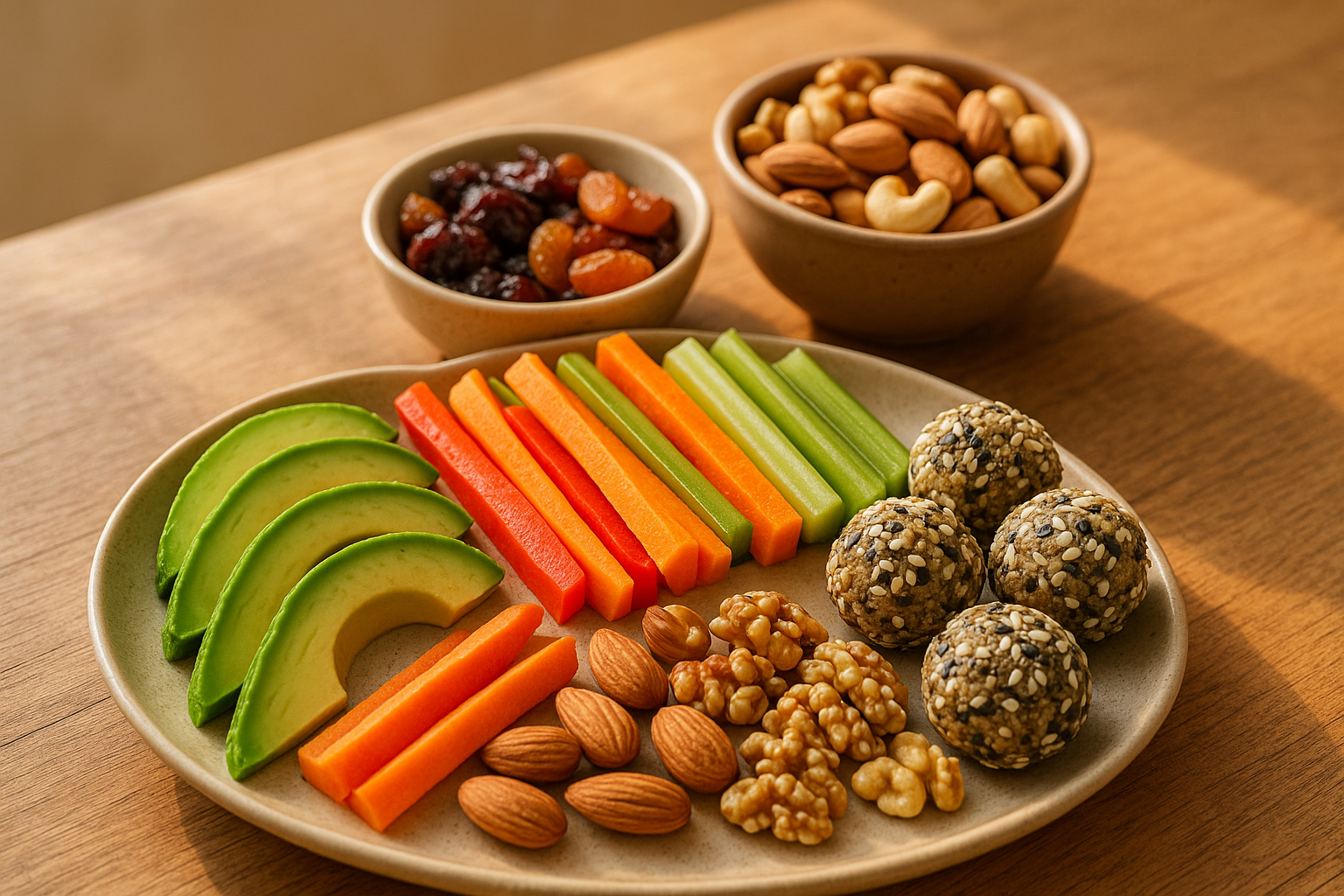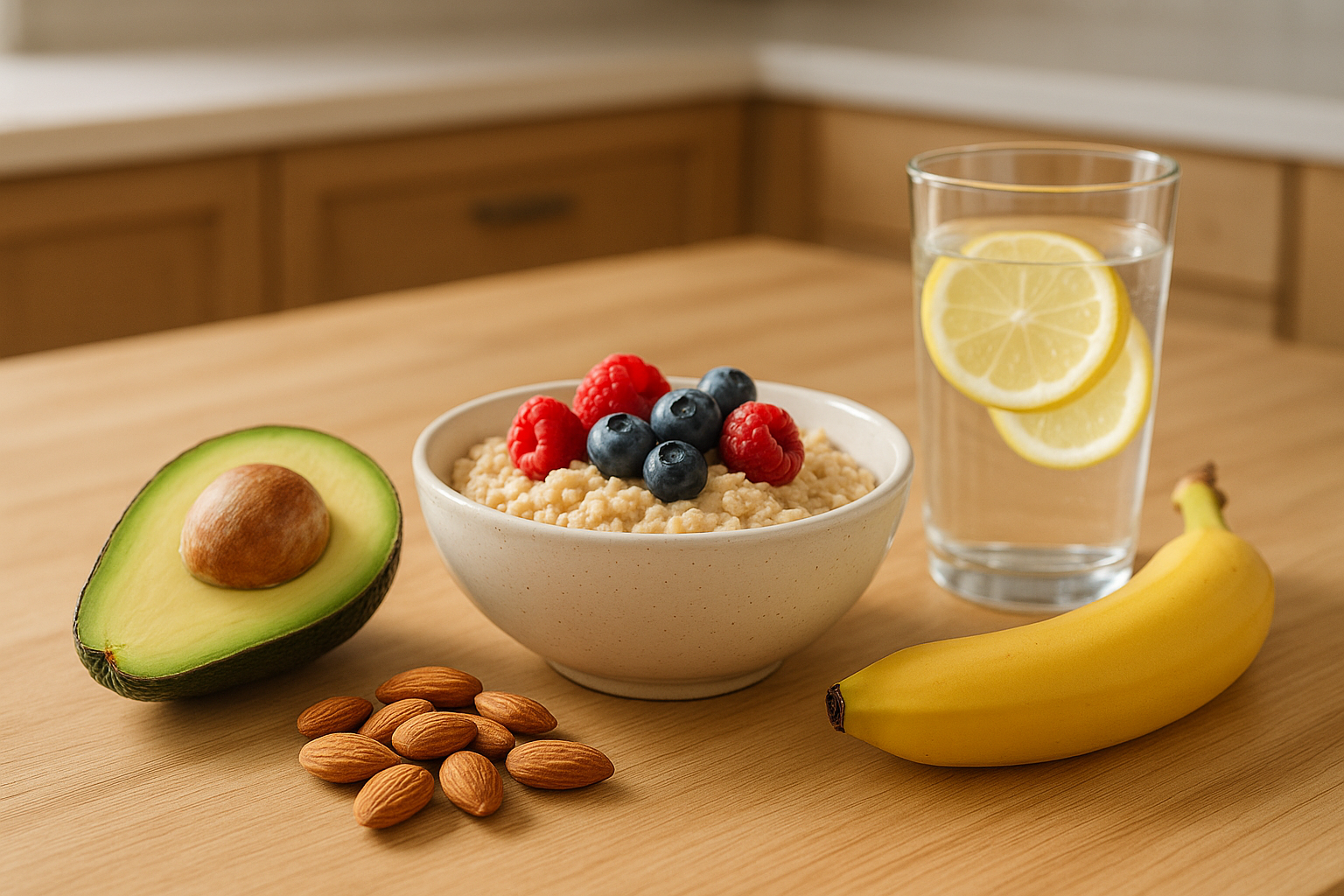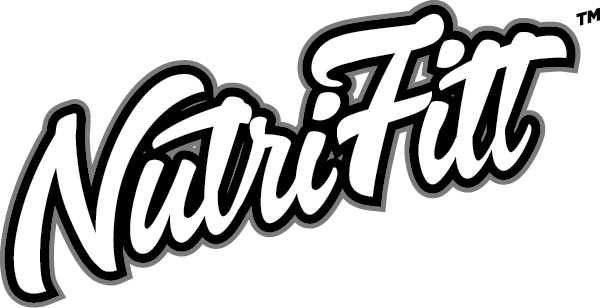
Electrolyte Dosage for Workouts: Guide
Electrolytes are crucial for hydration, muscle function, and workout performance. Whether you're hitting the gym or running a marathon, the right balance of sodium, potassium, magnesium, and calcium can prevent dehydration, muscle cramps, and fatigue. Here's a quick breakdown:
- Why Electrolytes Matter: They support muscle contractions, nerve signals, and hydration. You lose them through sweat - up to 3 quarts of fluid/hour in intense exercise.
- Signs of Imbalance: Muscle cramps, dizziness, confusion, or fatigue.
-
Dosage Guidelines:
- Under 60 mins: Water is usually enough.
- Over 60 mins: Replace 50–80% of lost electrolytes. Drink 3–8 oz of a sports drink every 10–20 mins.
- Before Exercise: Hydrate with 16–24 oz of fluid 2 hours prior.
- After Exercise: Rehydrate with 150% of fluid lost (e.g., 48 oz if you lose 2 lbs).
Pro Tip: Tailor your intake based on sweat rate, workout intensity, and weather. Avoid over-supplementing to prevent side effects like nausea or irregular heart rhythms.
How to Calculate Your Electrolyte Dosage
Your electrolyte needs depend on factors like workout intensity, duration, and environmental conditions. Here's a breakdown to help you figure out the right balance.
Factors That Affect Your Electrolyte Needs
Several elements influence your electrolyte requirements, including the intensity and length of your workout, genetics, clothing, and the weather. These factors determine how much you sweat and what your body needs to stay in top form.
- Exercise Intensity and Duration: A leisurely 30-minute stroll won't require the same electrolyte replacement as a two-hour bike ride or marathon training. Sweat rates vary widely, from 0.6 to 2.6 liters per hour, and can even reach up to 10 liters per day during intense sessions. Sodium concentration in sweat also differs, ranging from 13 to 103 mmol/L. Some people naturally sweat more than others, even under similar conditions.
- Training and Acclimatization: Athletes who frequently train in hot climates may sweat more efficiently but lose more electrolytes overall. Gender, body weight, and genetics also play a role in these variations.
- Weather Conditions: Hot, humid environments significantly increase sweat production, while cooler, drier conditions may reduce your need for supplementation.
Taking these factors into account, you can better tailor your electrolyte intake to your specific needs.
Basic Dosage Guidelines
How much and when you need electrolytes depends on how long you're exercising. For sessions under an hour, your body’s natural stores are usually sufficient, and extra electrolytes might not be necessary.
For workouts lasting over 60 minutes, especially when sweating heavily, electrolyte replacement becomes more important. Exercise physiologist Jonathan Toker, Ph.D., explains:
"Replacing salt losses becomes more of a concern when you push past the 60-minute mark, particularly if you're sweating greatly"
During longer sessions, aim to drink 3–8 ounces (90–240 ml) of a 6–8% carbohydrate-electrolyte beverage every 10–20 minutes [6]. Replace 50–80% of the electrolytes lost during exercise [5]. There's no need to replenish every loss immediately - your body can handle some deficits during recovery.
After workouts exceeding an hour, focus on post-exercise hydration. Consume 150% of the fluid lost during exercise within six hours to restore hydration.For example, if you lose 2 pounds (around 32 ounces), drink about 48 ounces of fluid. Weighing yourself before and after workouts can help fine-tune your hydration plan, as even a 2% loss in body weight due to sweat can lead to dehydration.
Understanding Supplement Labels
Once you've calculated your electrolyte needs, choose supplements that align with your sweat losses. Sodium and chloride are lost in the highest concentrations during exercise, so they should be a primary focus.
- Sodium Content: Most sports drinks offer 35–200 mg of sodium per eight ounces. For instance, a 16-ounce serving should provide about 200 mg of sodium, while a 12-ounce bottle should contain at least 150 mg.
- Electrolyte Profile: On average, 315 ml of sweat contains approximately 220 mg of sodium, 63 mg of potassium, 18 mg of calcium, and 8 mg of magnesium. Use these numbers to match your supplement to your actual losses.
- Coconut Water: While it provides 500–600 mg of potassium per eight ounces, its sodium content (around 60 mg) is often too low to replace significant sweat losses.
Sports dietitian Rayven Nairn advises:
"Choose a drink based on how much salt you lose in your sweat, which differs from person to person. You may perspire very lightly or soak your shirt, leaving salt crystals, or find you're somewhere in between"
Different types of drinks can also guide your choice:
- Isotonic Drinks: These have a balance of carbohydrates and electrolytes similar to human blood and are suitable for most workouts.
- Hypotonic Drinks: With lower carbohydrate and electrolyte levels, these are ideal for lighter exercise.
- Hypertonic Drinks: These have higher concentrations and are better suited for endurance athletes.
When to Take Electrolytes During Workouts
Timing your electrolyte intake can make a big difference in how you feel and perform during exercise. Your body’s needs change depending on whether you're preparing for, in the middle of, or recovering from a workout. Here's how to manage electrolytes at each stage.
Before Your Workout
Start by hydrating well ahead of time. Drink 16–24 ounces of fluid about two hours before exercising, and then add another 7–10 ounces around 15 minutes before you begin. This gives your body enough time to absorb the fluids and prepare for the activity.
If you're gearing up for a long or intense workout, or if you know you'll be sweating heavily - especially in hot or humid conditions - electrolytes become even more important. Registered dietitian Claire Shorenstein emphasizes:
"If you're doing a longer or harder workout, your body will need more food (especially carbohydrates) and you will benefit from adding electrolytes around one to two hours before you exercise."
Short on time? A sports drink can be a quick solution, offering a mix of carbohydrates, salt, and fluids. If you have time for a meal, solid foods can provide the carbs, while a low-carb electrolyte drink can help prepare you for endurance sessions. Amy Stephens, RDN, advises:
"If you know in advance that you will sweat a lot or have struggled with electrolyte imbalance in the past, I'd recommend experimenting with electrolytes from food and/or beverages before exercise.”
During Your Workout
What you drink during exercise depends on how long and hard you're working out. For sessions under 90 minutes, water is usually enough. But if you're going beyond that, a carbohydrate–electrolyte drink can help. Sports nutritionist Rayven Nairn explains:
"By the time you actually feel thirsty, it's too late ― you're already too low on fluids.”
For longer workouts, aim to sip 3 to 8 ounces of a 6% to 8% carbohydrate–electrolyte drink every 10 to 20 minutes. This approach helps replace fluids and maintain balance without overloading your system. During intense activity, you could lose up to 2 quarts - or even 3 quarts during endurance sessions - of fluid and salt per hour.
Sweat rates vary widely. While the average person loses about 17 ounces of fluid per hour, some people lose nearly double that amount. Look out for signs like fatigue, dizziness, muscle cramps, or dark urine, and adjust your fluid intake as needed.
After Your Workout
Replenishing electrolytes after exercise is key to recovery. If you've had an intense session or sweated heavily, rehydrate with an electrolyte drink to restore fluids quickly. On average, people lose about 500 milligrams of sodium in sweat, but "salty sweaters" may lose over 1,000 milligrams.
Claire Shorenstein, RD, highlights the importance of combining fluids, sodium, and carbohydrates:
"Fluid, sodium, and carbohydrates together will help you rehydrate the fastest, and you can achieve this with a sports drink, electrolytes plus food, or water plus salt-containing foods.”
For a post-workout snack, try sodium-rich options like a sandwich with pickles, yogurt with granola, or pretzels. Beyond immediate rehydration, a balanced diet with magnesium, calcium, and sodium helps maintain long-term electrolyte levels. Cooling down and resting also play a role in full recovery.. As Amy Stephens, RDN, puts it:
"Electrolytes are essential to power muscles, generate energy, and assist in nerve function...They are also important in maintaining normal blood pressure and blood volume, which can dramatically change during a warm workout.”
sbb-itb-7567710
Safe Electrolyte Supplementation Tips
Getting your electrolyte balance right goes beyond generic advice - it’s about tuning into your body’s unique needs and avoiding common pitfalls. Here’s how to approach supplementation safely and effectively.
Check Your Hydration Status
One of the simplest ways to gauge your hydration is by checking your urine color. A pale yellow shade indicates you're well-hydrated, while darker hues suggest you need more fluids[1]. Keep an eye out for warning signs like fatigue, muscle cramps, nausea, or headaches, as these could signal an electrolyte imbalance.
Sweat patterns also offer valuable clues. If you notice white salt marks or a gritty residue on your skin or clothes after a workout, it may mean you’re a heavy sweater who loses significant sodium. Heavy and salty sweaters can lose anywhere from 0.2 grams to 12.5 grams of sodium per liter of sweat, which is why a cookie-cutter approach to electrolyte intake doesn’t work. To track fluid loss, weigh yourself before and after exercise - every pound lost translates to about 20–24 ounces of fluids needed to rehydrate.
Now, let’s talk about why more isn’t always better.
Don't Overdo It
When it comes to electrolytes, moderation is key. Over-supplementation can cause symptoms that mimic a deficiency. Margaret O'Brien, a registered dietitian with Banner – University Medicine, explains:
"Interestingly, the symptoms of too many electrolytes often resemble the symptoms of not enough.”
Dr. Sara Rosenkranz from the University of Nevada, Las Vegas, echoes this sentiment:
"If you are taking electrolyte drinks, supplements or tablets, please be careful of not always assuming that more is better. Overuse of electrolyte drinks can be a problem... Interestingly, a lot of the same symptoms of getting too much can look like getting not enough.”
Excessive sodium can lead to nausea, vomiting, confusion, and even seizures in severe cases. Too much potassium may cause muscle weakness and irregular heart rhythms, while high levels of calcium and sodium can strain your kidneys, potentially leading to kidney stones. To stay safe, the American College of Sports Medicine suggests consuming 300 to 600 mg of sodium per hour during workouts lasting over two hours. Remember, federal guidelines recommend no more than 2,300 mg of sodium daily - roughly one teaspoon.
Hydration is equally important. Cassandra Padula Burke, a sports performance dietitian, cautions:
"Consuming only electrolyte supplements without adequate water intake can cause fluid imbalances and lead to dehydration.”
With this in mind, let’s explore how to tailor your electrolyte strategy.
Customize Your Approach
Once you understand your needs, adjust your electrolyte intake based on exercise intensity, sweat rate, and environmental factors like heat or humidity. Sweat composition varies widely; while the average sodium loss is about 1 gram per liter of sweat, individual differences can be significant. Persistent fatigue, even with proper hydration, might indicate your current electrolyte plan needs tweaking.
For low-intensity exercise lasting under an hour, water is usually enough. But for moderate to high-intensity workouts - especially those exceeding an hour or taking place in warm conditions - electrolyte supplementation can make a difference. As Joshua Beer, a sports medicine expert at University Hospitals, explains:
"The amount a person sweats varies depending on several factors, such as level of fitness, humidity, temperature and intensity of exercise.”
If you have high blood pressure, opt for low-sodium or sodium-free electrolyte formulas and consult your doctor before starting any supplementation routine[13]. People with kidney or heart conditions, or those on specific medications, should also proceed with caution.
For a precise approach, consider a professional sweat test to determine your exact electrolyte needs.
Final Thoughts on Electrolyte Dosage
Finding the right electrolyte dosage is all about aligning your workout demands with your body’s unique needs. There’s no universal solution - factors like your sweat rate, exercise intensity, and the environment play a big role in determining what works best for you.
For most casual workouts, the approach is simple. If your exercise lasts less than 75 minutes and isn’t highly intense, plain water is usually enough. As Dr. Sara Rosenkranz from the University of Nevada, Las Vegas, explains:
"If your exercise lasts less than 75 minutes, and it's not very high intensity, then there's absolutely no need for electrolyte supplementation in those cases. And you can really just hydrate with plain water.”
However, for longer or more intense sessions - those lasting 90 minutes or more - electrolyte replacement becomes crucial. Aim for 750-1,500 mg of sodium, 300-600 mg of potassium, and 60-120 mg of magnesium per hour during these workouts. Keep in mind that during intense activity, you can lose up to 2 quarts of fluid per hour, and endurance activities can drain as much as 3 quarts per hour.
Timing your hydration is just as important as the dosage. Start hydrating two hours before exercise, consuming 6-8 ml per kilogram of body weight. During exercise, sip fluids consistently instead of waiting until you’re thirsty. As Rayven Nairn, M.S., R.D., L.D., from Johns Hopkins University Student Health and Wellness Center, cautions:
"By the time you actually feel thirsty, it's too late ― you're already too low on fluids.”
FAQs
How do I calculate my sweat rate to adjust my electrolyte intake for workouts?
To figure out your sweat rate, start by weighing yourself before and after your workout (ideally without clothing) and note the difference. Then, add the amount of fluids you consumed during the session and subtract any urine output, if relevant. Finally, divide the total by the length of your workout in hours. This gives you your hourly sweat rate.
Knowing this number helps you gauge how much fluid and electrolytes you lose while exercising. With this information, you can fine-tune your hydration strategy to stay at your best.
What are the risks of taking too many electrolytes, and how can I prevent it?
Taking in too many electrolytes can cause problems like irregular heart rhythms, fatigue, nausea, kidney strain, and even electrolyte toxicity when levels in the body become more than it can handle. These risks are especially common when people overuse supplements or sports drinks.
To avoid taking too much, prioritize getting electrolytes through a well-rounded diet filled with fruits, vegetables, nuts, and lean proteins. If you do use supplements, stick to the recommended amounts and adjust based on factors like your workout intensity, sweat levels, and overall hydration. The key is moderation - it helps you stay healthy while supporting your performance.
What are some natural foods that help restore electrolytes after a workout, and are they better than sports drinks?
Natural options like bananas, avocados, sweet potatoes, spinach, kale, beans, oranges, yogurt, and coconut water are fantastic for restoring electrolytes after exercise. These foods are packed with essential minerals such as potassium, sodium, magnesium, and calcium, all of which play a crucial role in staying hydrated and aiding muscle recovery.
Unlike sports drinks, which often come loaded with added sugars and artificial ingredients, these natural choices offer a cleaner, more nutritious way to refuel. While sports drinks can be handy, opting for these whole foods can provide the same benefits without the extra sugar or unnecessary additives.
